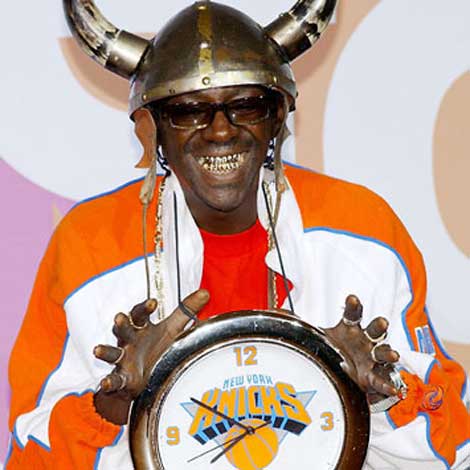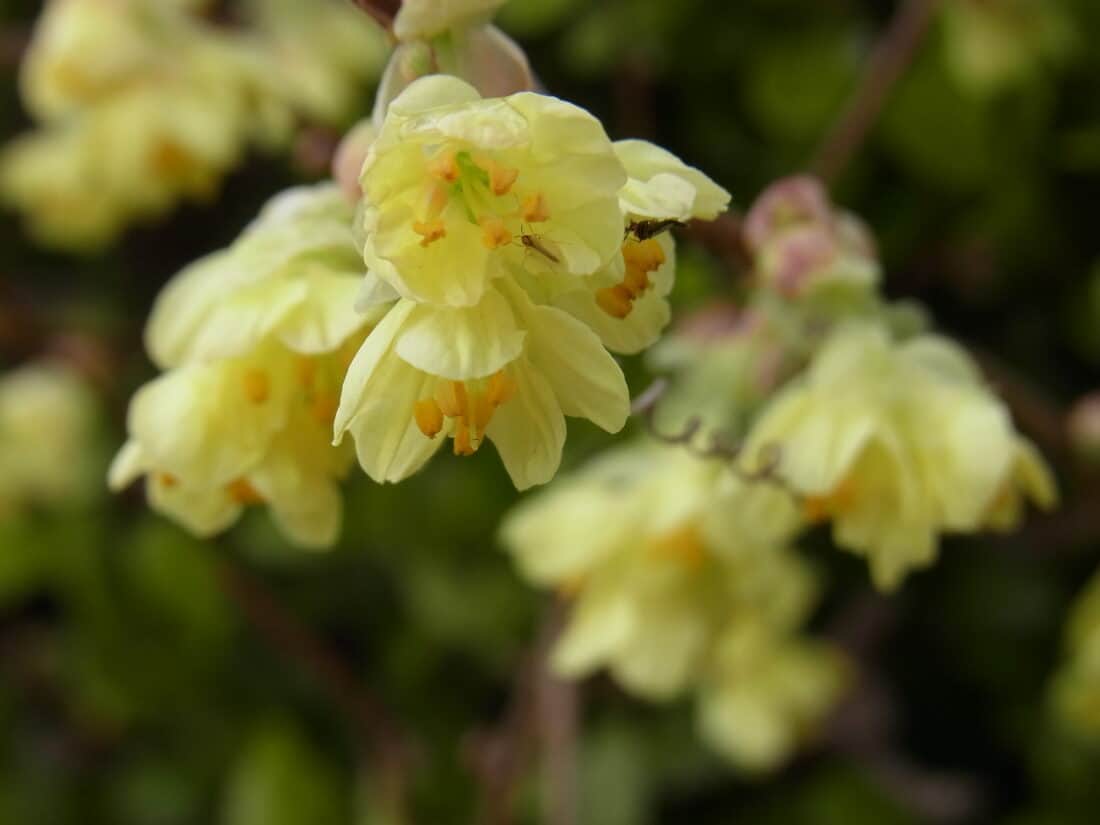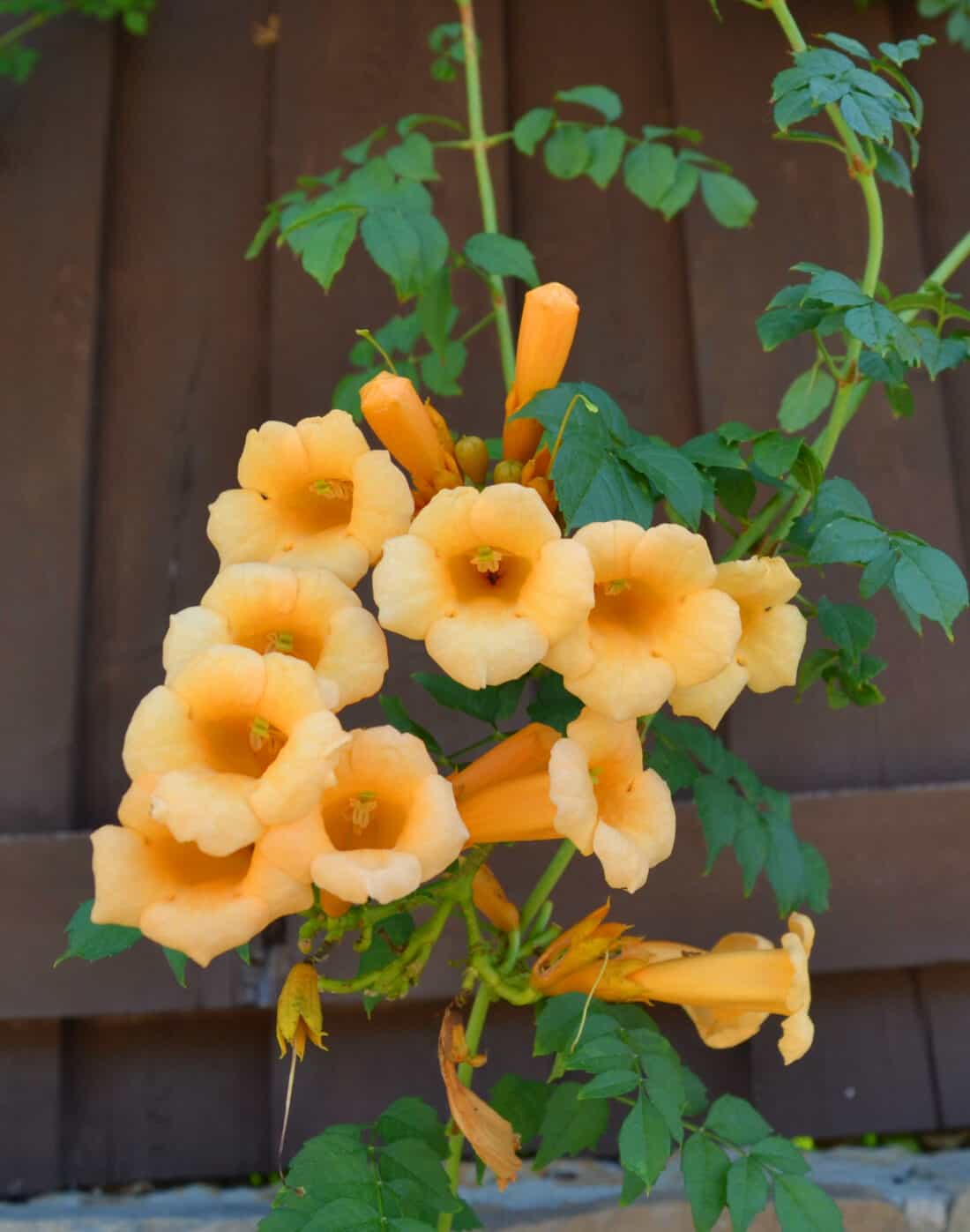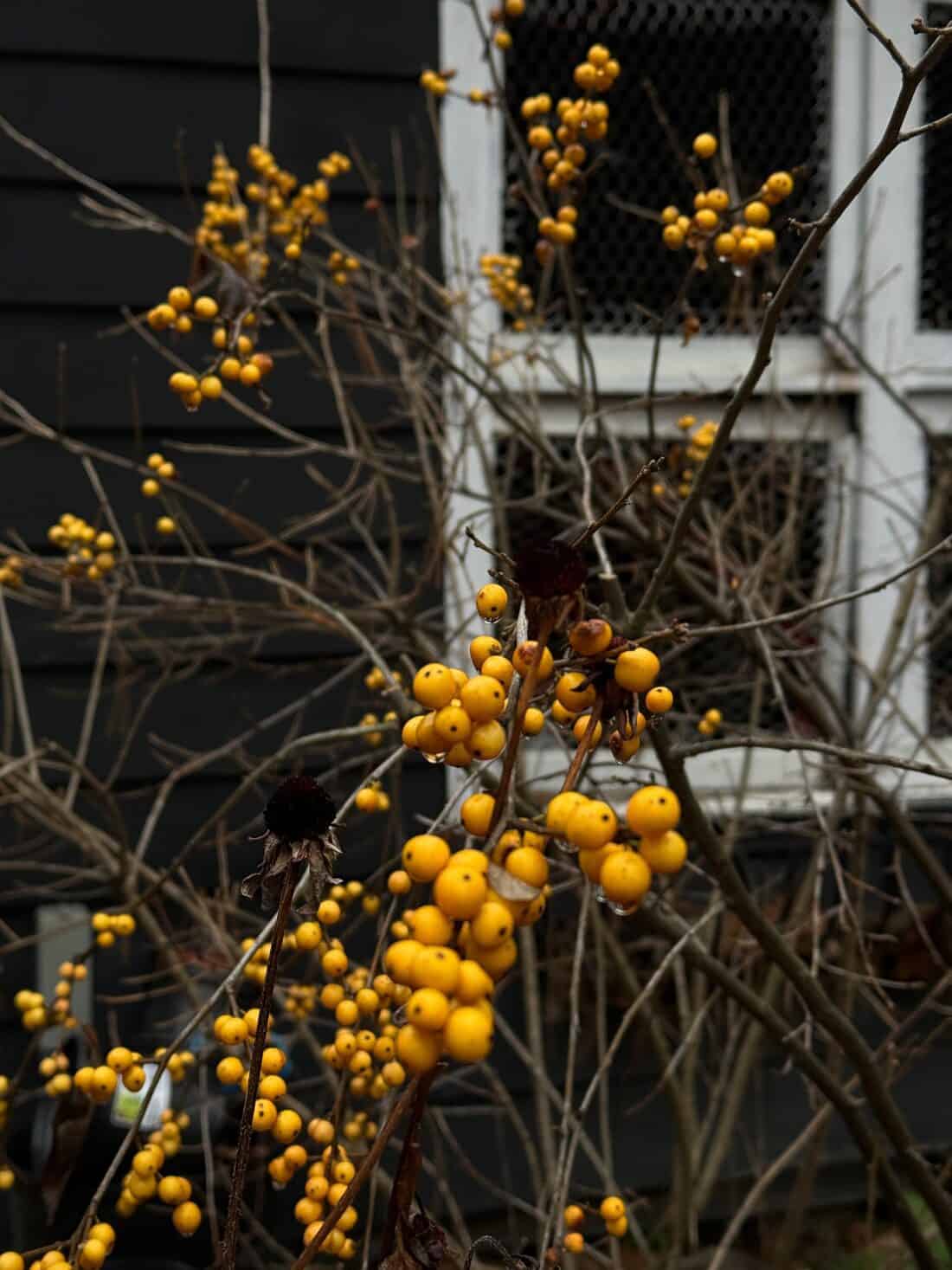What is the meaning of Flava?

I joke…
And also, I am probably giving away my age.
Botanical Latin for Yellow
But seriously, now that we have done red (remember red = Coccinea) and blue (blue = Caerulea), we are rounding out the primary colors with yellow. F is for Flava — Flava is Botanical Latin, meaning yellow. You might also see it with a different suffix – such as flavus, or flavum – but they all refer to the third primary color.
Other words that indicate yellow in the lexicon of botanical Latin include luteus (or lutea) and citrinus. (I feel like there are a few others, but I can’t think of them right at the moment)
Flava plants, like those with other color designations, have yellow features — mostly, this refers to the flower but it can also describe the leaves or foliage.
Get inspired by Yellow Plants
I’ve got a whole post that rounds up all the yellow plants (some with Botanical Latin that indicate their features and some without). It is worth noting that not all yellow-blooming plants or plants with yellow features have a Latin indicator in their name that denotes the yellow feature. Botanical latin offers clues and tidbits of information – but it doesn’t tell you everything you need to know about a plant.
Check out my post about yellow plants to get inspired by the plants we have grown and loved over our years of gardening.
There are few yellow and ‘flava’ plants that are currently at the top of my mind right now. I haven’t had a chance to write a whole post about these (yet).
Corylopsis pauciflora – An unexpected Yellow Winter Bloomer

I came across this unique witch hazel that has entirely different flowers than what you can normally expect from Hamamelis. I guess that is to be expected because it isn’t actually a witch hazel as we might commonly think. Corylopsis comes from corylus or “hazel” and the Latin suffix –opsis, meaning “resembling,” – so if we are breaking down latin – the explanation for the pretty yellow buttercup flowers rather than the typical stringy flowers is right there in the name. The whole genus is native to the Himilayas and Asia, but I think it is pretty enough to research more and think about adding to a garden.
Sarracenia flava – The Native Yellow Pitcher Plant

When I first saw an image of a boggy meadow full of these pitcher plants, I assumed it was taken in some exotic faraway place. I guess maybe Apilachocolica is exotic compared to New England? Sarracenia flava is a native carnivorous plant. Images of bogs filled with them inspire me to want to travel to their native habitat and see them in the wild.
The idea of a whole field of beautiful pitcher plants looking so peaceful and pretty yet waiting to catch and eat insects reminds me of a Willy Wonka sort of landscape.
The Yellow Trumpet Vine – Campsis Radicans ‘Flava’
Not too many years ago (maybe 10) I planted a Yellow Native Trumpet Vine (Campsis radicans ‘flava’ at the base of my electrical pole. I don’t recommend doing this.
It was stunning and beautiful and beloved by my family and the birds – and everyone commented on it. But it also was actively trying to tear down the electrical wires that keep us in wifi.
This year, we made the switch to solar (in fact, as I write this, the new panels went live last night) and massive upgrades were involved to our entire electrical service. The power company had zero sympathy for the vine and cut it down without a second thought. It is ok – I knew it needed to be done, but I couldn’t bring myself actually to do it.
It is on my mind as I figure out where I can plant a replacement that will be ok to handle its vigorous growth.

Berry Heavy Gold Winterberry Holly
It has been at least a decade since I first planted my berry heavy gold winterberry. I have nearly ripped them out a few times because they were just boring – but I am so thankful I didn’t. It seems it takes them some time actually to get a notable level of berry production going.
This year, they are the prettiest things in my fall and early winter landscape. I have four female plants and one male, and they are all just gorgeous (well, not the male, but I have him tucked in with one of the female plants, and you don’t even realize it is a separate plant). I’m really enjoying their berries in indoor holiday arrangements, and I wish I had a few more. I need to research pruning tips for them – especially to keep them in heavy berry mode. Also, I am now on a mission to find bigger plants that I can add to my collection so that I don’t have to wait ten more years for more beautiful berries.
As a side note – I need to plant more berry shrubs in general – especially winterberry. I have sticker shock over what my local garden center is asking for just three stems of red winterberry for outdoor holiday containers this year. Retail is $30USD!! Maybe it is time to create a winter-cutting garden?

I have created a nice collection of flava and other yellow plants on Flava – A Yellow Garden Aesthetic Pinterest board if you want more ideas.
I am curious, do you have a flava favorite? Let me know what it is – maybe we can add it to our collection.
Other Plant Inspiration Posts:
I enjoyed the Levity! great write up!
Glad you enjoyed — was concerned that no one thought my joke was funny! 😉
Ha Rochelle, I thought you meant Foreign Language Association of Virginia..
but really, heres my favorite yellow flower.. hands down favorite of all time
http://upload.wikimedia.org/wikipedia/commons/6/6c/Digitalis_lutea.jpg